Culture and history info
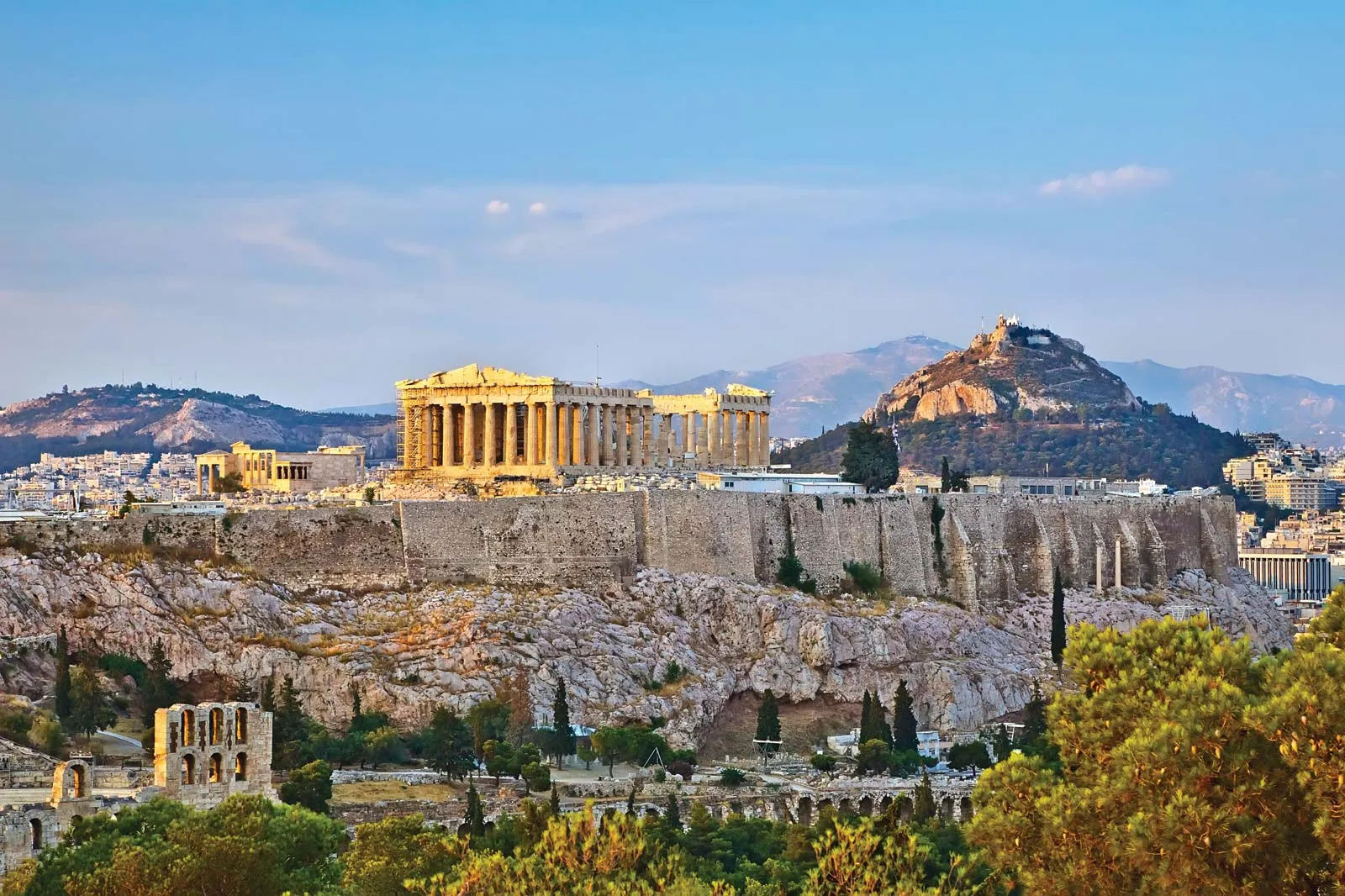 Across Greece, there are monuments, museums, art galleries, festivals and traditional feasts you can visit and experience during your holidays. The UNESCO World Heritage Sites and Monuments are scattered across the country and they are definitely worth a visit. The most famous of the archaeological sites is the Acropolis of Athens, a hilltop citadel with the most iconic ancient Greek monuments, such as the Parthenon, that has become an enduring symbol of Greek civilisation. Ancient Olympia is the site of the original Olympic Games.
Across Greece, there are monuments, museums, art galleries, festivals and traditional feasts you can visit and experience during your holidays. The UNESCO World Heritage Sites and Monuments are scattered across the country and they are definitely worth a visit. The most famous of the archaeological sites is the Acropolis of Athens, a hilltop citadel with the most iconic ancient Greek monuments, such as the Parthenon, that has become an enduring symbol of Greek civilisation. Ancient Olympia is the site of the original Olympic Games.
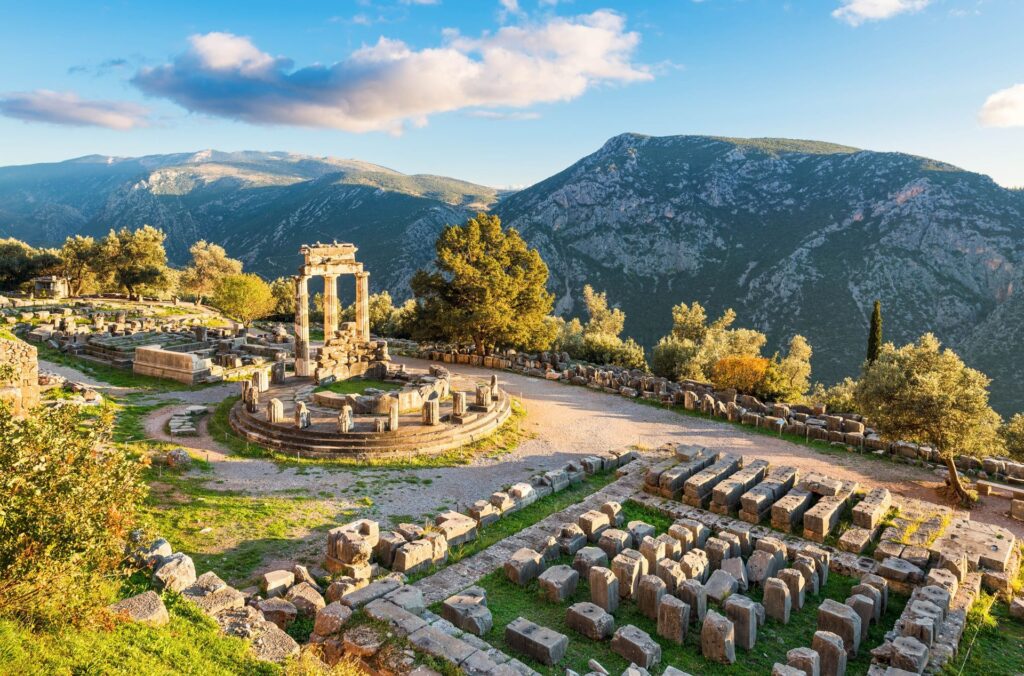 Visiting the UNESCO World Heritage Site of Delphi is to travel to the very core of mythical and spiritual ancient Greece and – according to legend – the centre of the world.
Visiting the UNESCO World Heritage Site of Delphi is to travel to the very core of mythical and spiritual ancient Greece and – according to legend – the centre of the world.
Legend has it that Zeus released two eagles, one from the east and one from the west, and where they met – at Delphi – was the Navel of the Earth. Indeed, the religious site that subsequently developed here, from the 6th century BC to Roman times, was considered the most important of the ancient world, attracting everyone from leaders to commoners to consult its famous Oracle on matters of war and state to absolution from their sins.
Two-and-a-half millennia later, it is astonishing to think that Delphi is still attracting an international audience, this time as a UNESCO World Heritage Site a little over 2hrs from Athens.
Your first impression will be that Zeus’ eagles clearly had a great eye for a location. On the slopes of Mt Parnassos and with sweeping views across the Pleistos Valley all the way to the sea, the setting was clearly part of the effect. Just the view would have been intoxicating – before the prophecies of Apollo (the god to whom the sanctuary was dedicated) were relayed through the famously vague but none-the-less inspiring utterings of the soothsayer Pythia.
But you’ll learn that there’s much more to Delphi than its Oracle. As the sanctuary grew in stature, so it accumulated wealth. Victorious Athenian, Spartan, Macedonian and other leaders would return with offerings of statues and monuments, which were all housed on the site. And so too were artistic and sporting events held here, including the four-yearly Panhellenic and Pythian Games (second only to the Olympic Games).

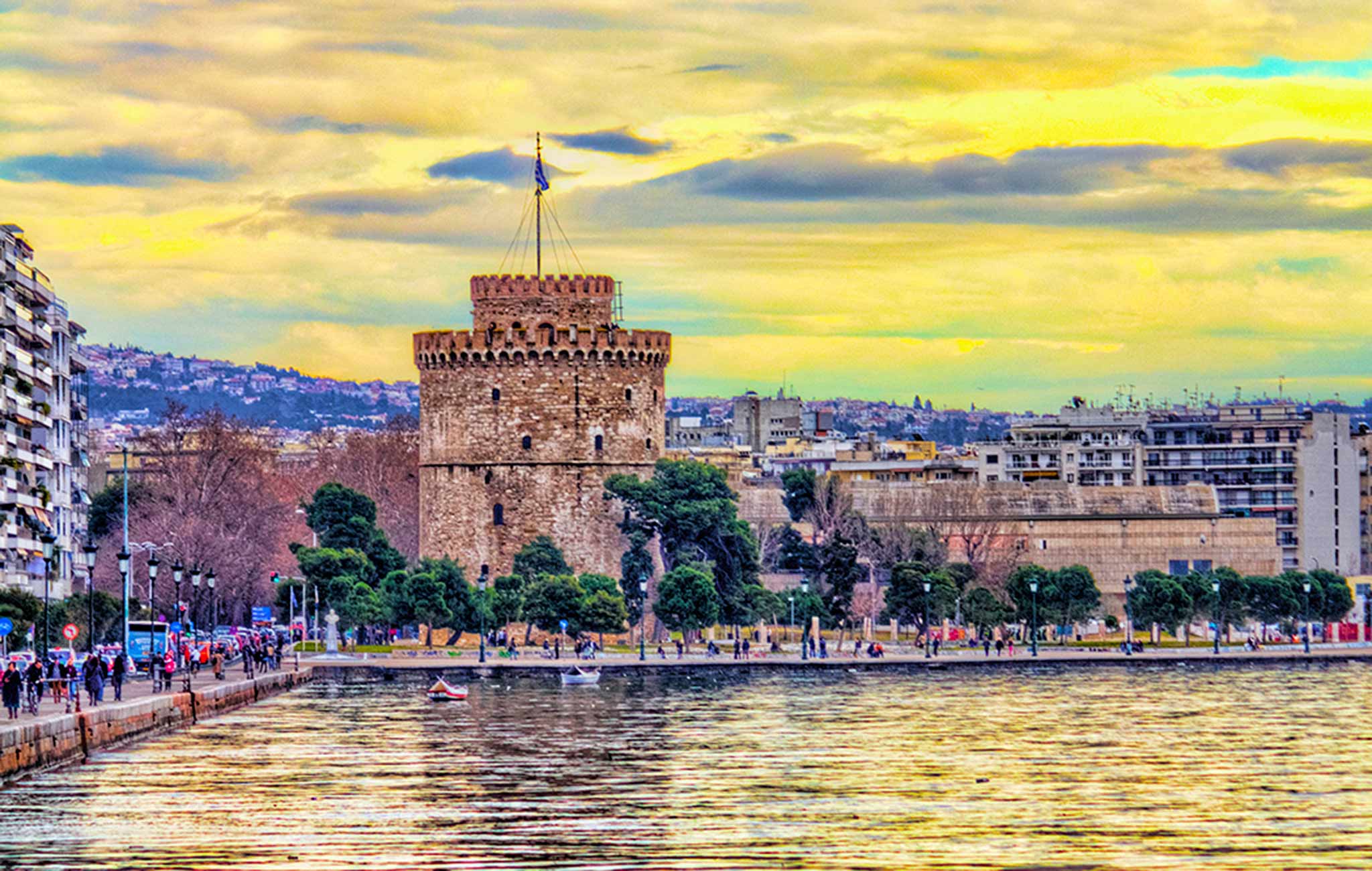

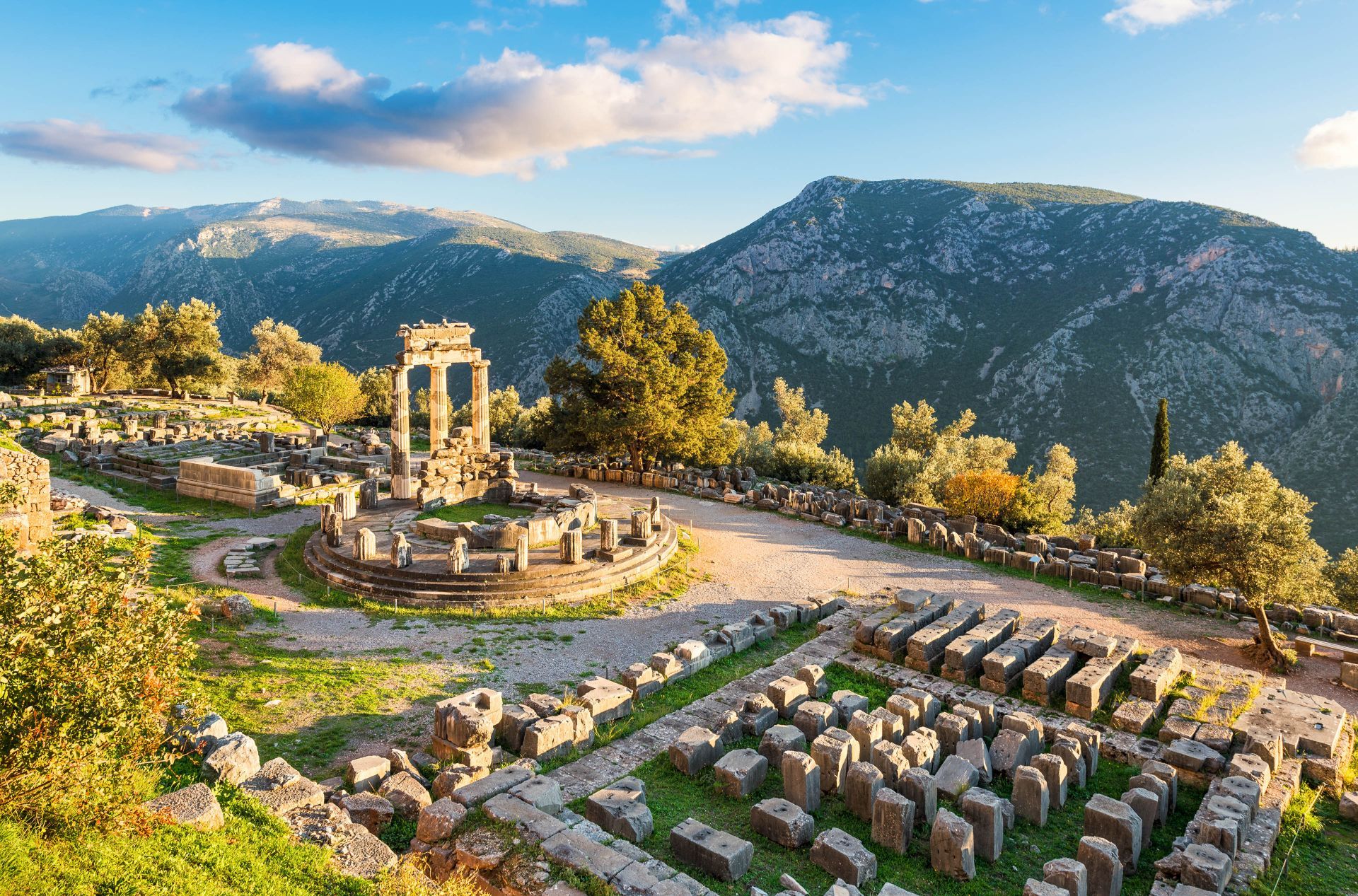

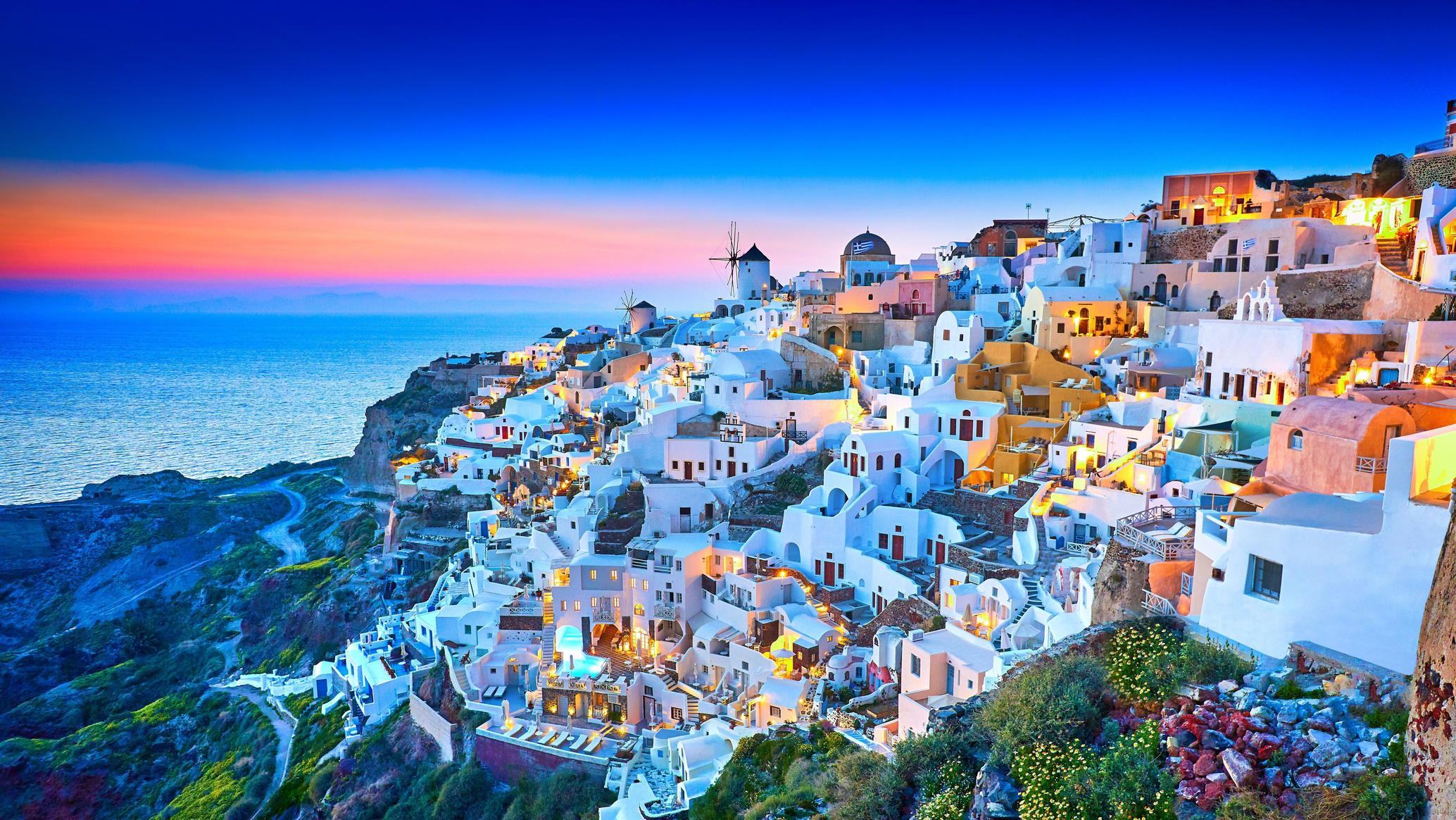
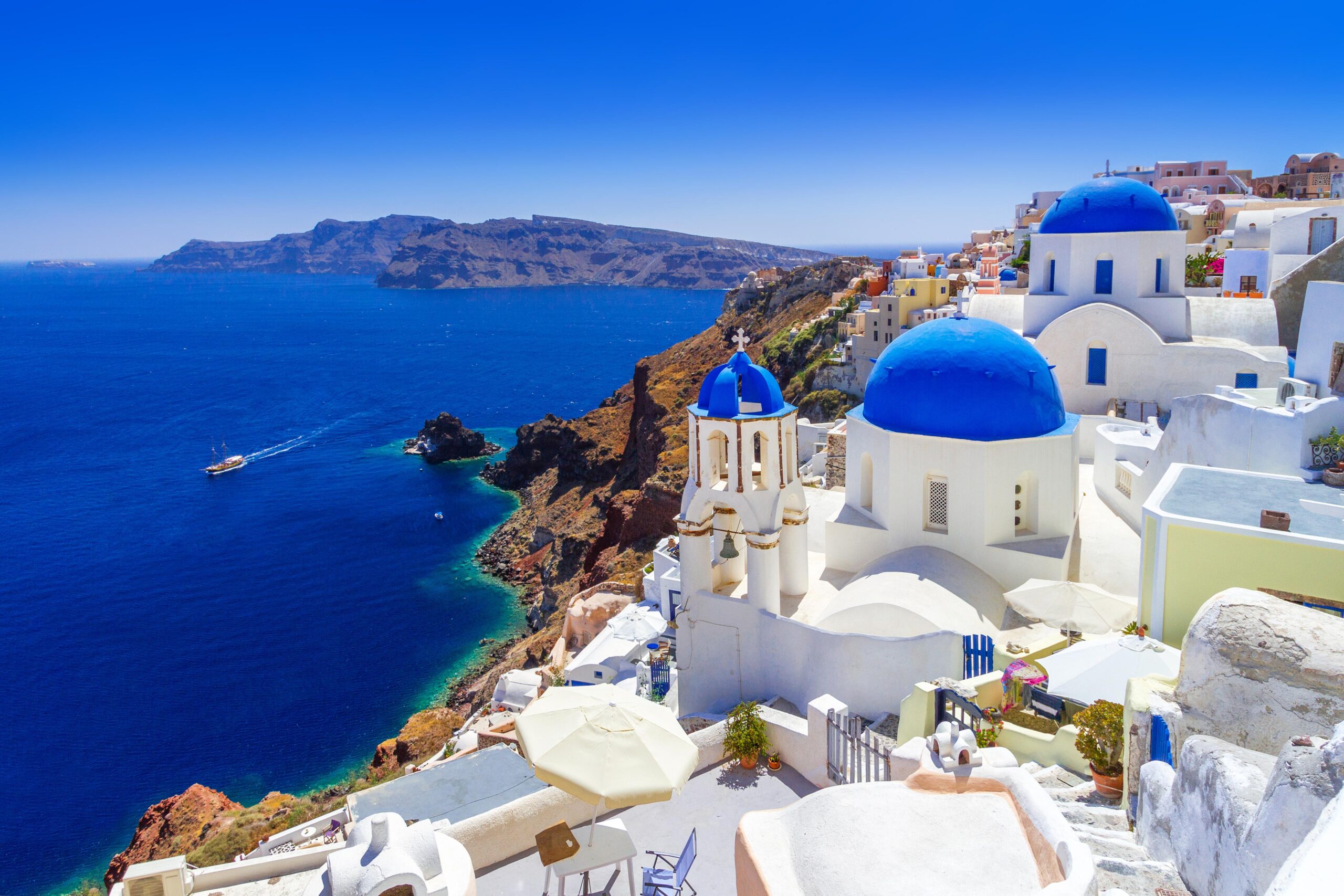
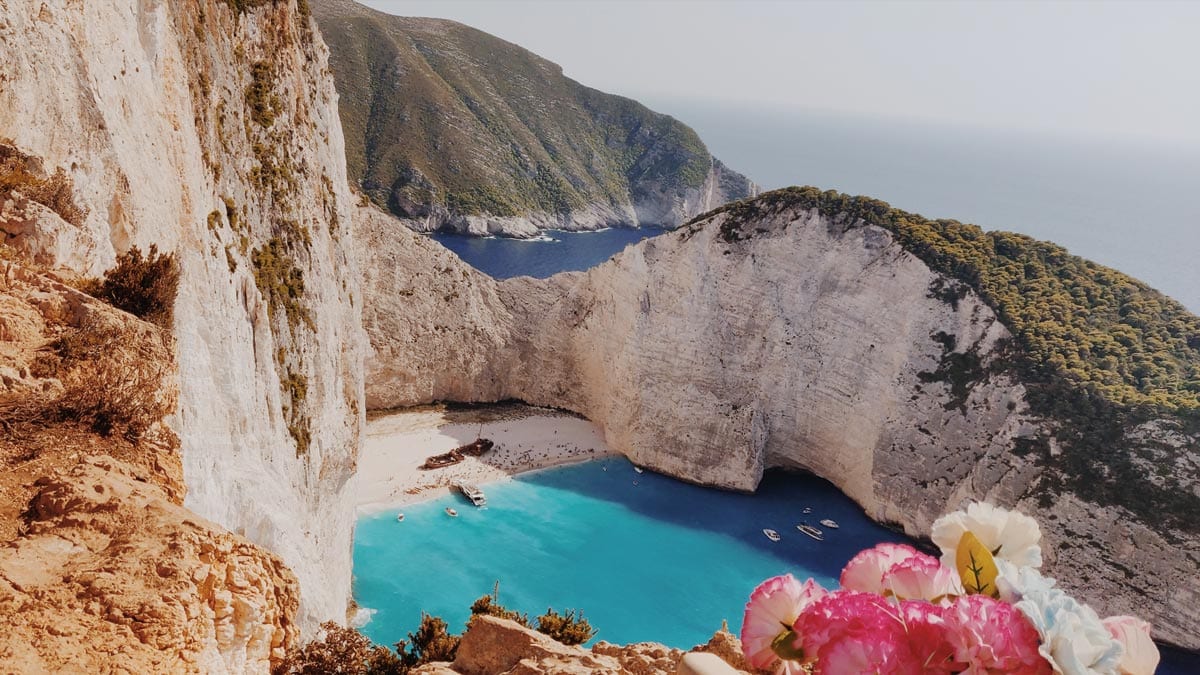


 Across Greece, there are monuments, museums, art galleries, festivals and traditional feasts you can visit and experience during your holidays. The UNESCO World Heritage Sites and Monuments are scattered across the country and they are definitely worth a visit. The most famous of the archaeological sites is the Acropolis of Athens, a hilltop citadel with the most iconic ancient Greek monuments, such as the Parthenon, that has become an enduring symbol of Greek civilisation. Ancient Olympia is the site of the original Olympic Games.
Across Greece, there are monuments, museums, art galleries, festivals and traditional feasts you can visit and experience during your holidays. The UNESCO World Heritage Sites and Monuments are scattered across the country and they are definitely worth a visit. The most famous of the archaeological sites is the Acropolis of Athens, a hilltop citadel with the most iconic ancient Greek monuments, such as the Parthenon, that has become an enduring symbol of Greek civilisation. Ancient Olympia is the site of the original Olympic Games. Visiting the UNESCO World Heritage Site of Delphi is to travel to the very core of mythical and spiritual ancient Greece and – according to legend – the centre of the world.
Visiting the UNESCO World Heritage Site of Delphi is to travel to the very core of mythical and spiritual ancient Greece and – according to legend – the centre of the world.